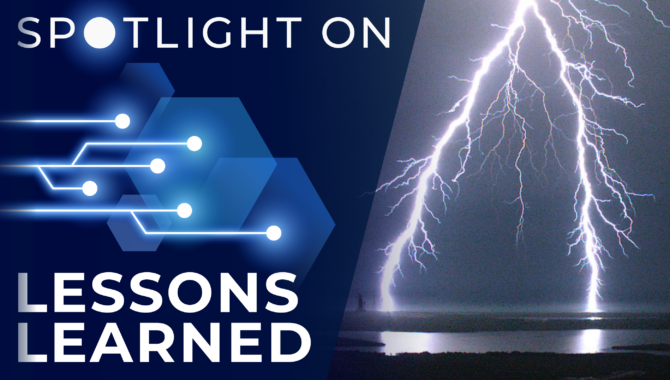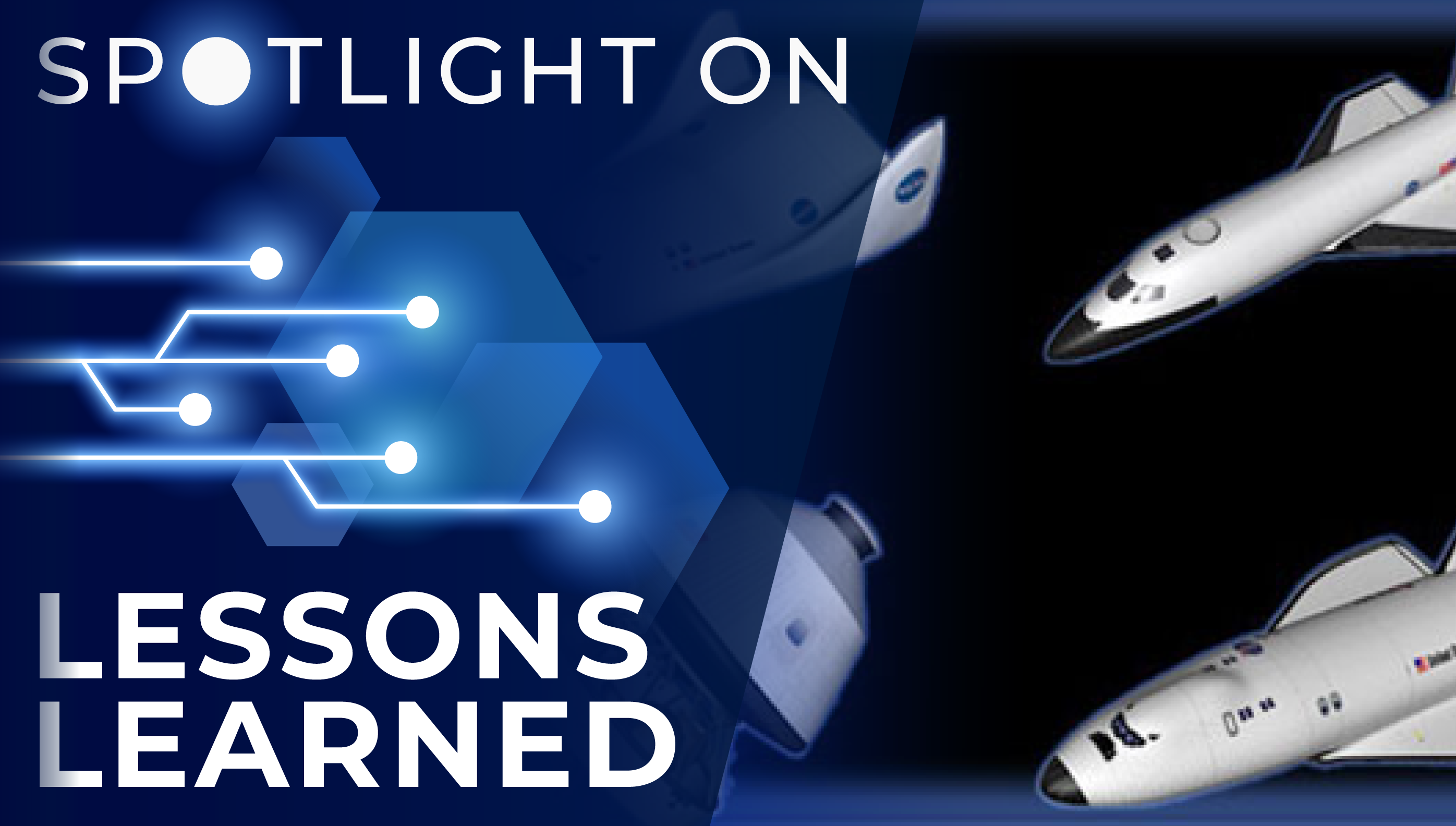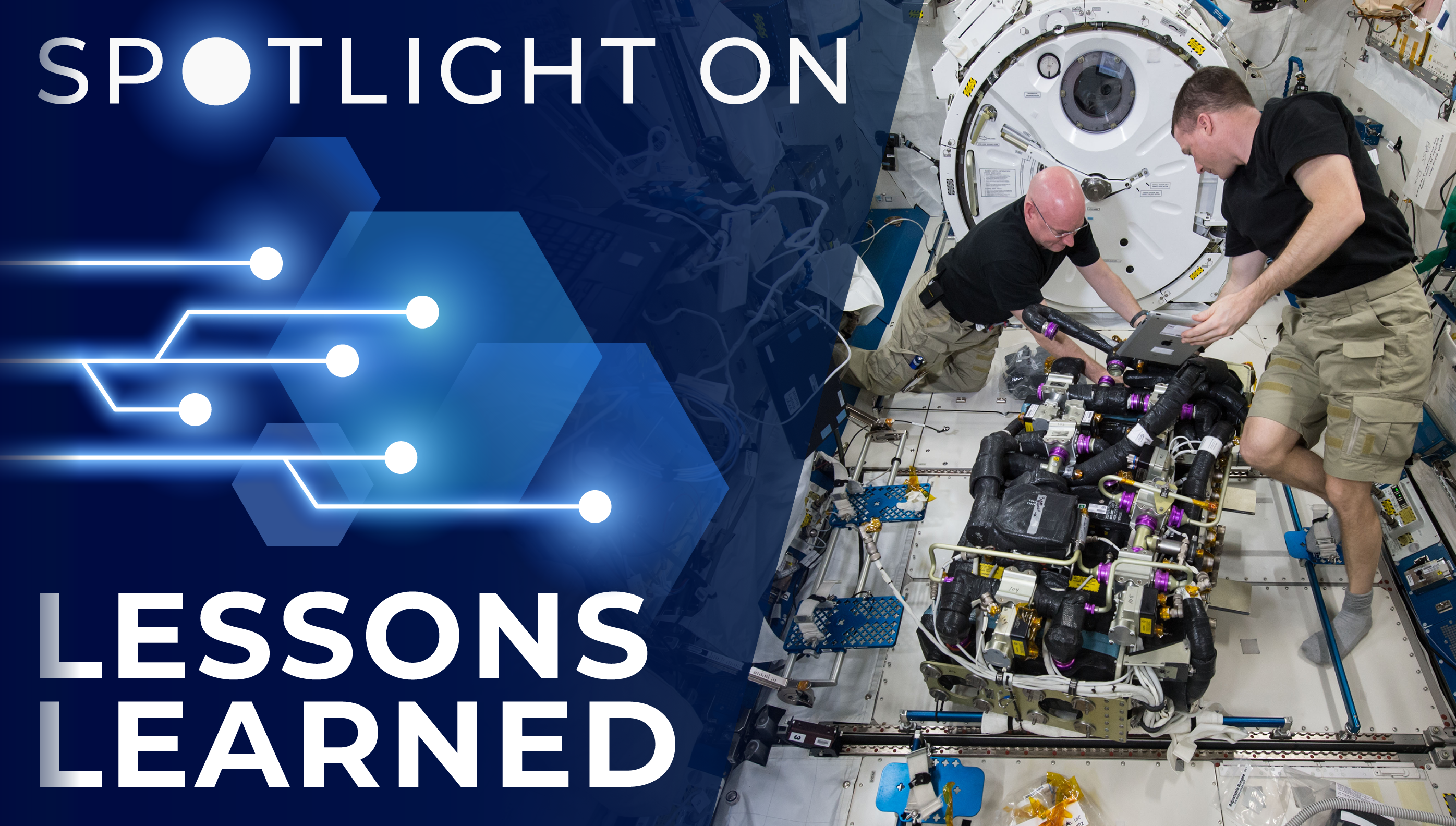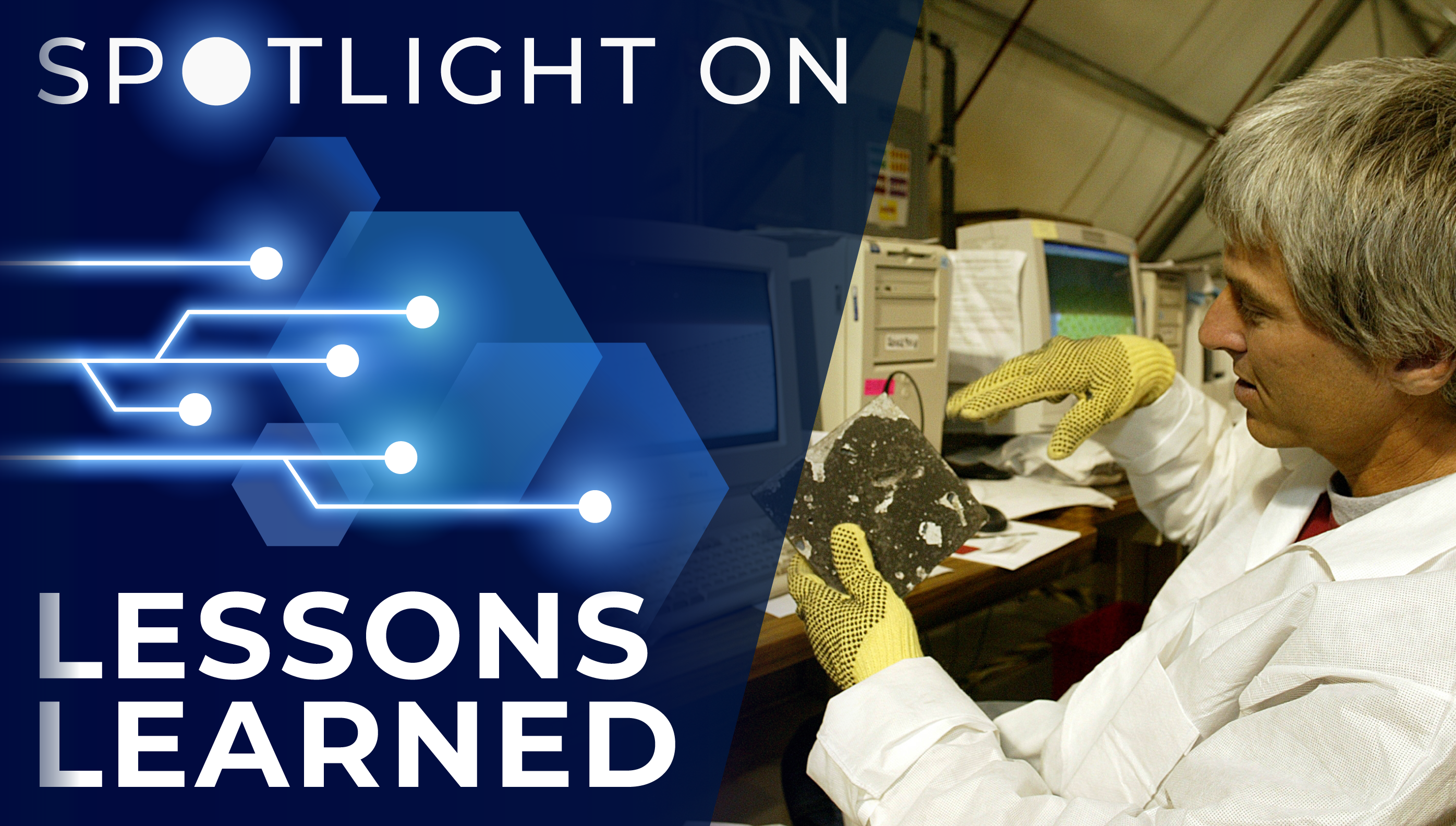
Evaluation of costs associated with lightning strikes and other naturally occurring events should extend beyond facility repair to include impacts on science data, spacecraft commanding, and other mission-critical functions.
A lightning strike in August 2011 at the Madrid Deep Space Communication Complex (MDSCC) caused equipment damage and impacted Deep Space Network (DSN) communications with several NASA spaceflight missions. DSN funded lightning protection improvements throughout the network. DSN, a set of large antennas and communication facilities managed by NASA’s Jet Propulsion Laboratory and located at Goldstone (California), near Madrid (Spain), and near Canberra (Australia), provides uplink and downlink services to deep space missions.
Each of the four MDSCC antennas incorporated protection against lightning strikes, but the facility grounding system and surge protection proved inadequate for the severity of the lightning storm. Total damage to items such as circuit boards and facility infrastructure was estimated at $58,000. The event resulted in loss of command capability and telemetry data for multiple NASA missions, including DAWN, THEMIS-B, and GEOTAIL. Following the incident DSN repaired damaged equipment and improved facilities to decrease lightning susceptibility.
Lesson Number: 16301
Lesson Date: February 9, 2016
Submitting Organization: Jet Propulsion Laboratory
HIGHLIGHTS
LESSON LEARNED
- While providing full facility protection against naturally occurring events such as lightning and hurricanes may not be immediately viewed as justified where the cost exceeds the likely damage, the potential for such damage to interrupt irretrievable downlinked science return or prevent timely uplinked spacecraft commanding must also be considered.
RECOMMENDATION
- In evaluating candidate measures to protect NASA facilities from naturally occurring events, consider not only the cost of facility repair under likely scenarios but also consider the impacts that temporary loss of facility function may have on science return, spacecraft commanding, and other functions critical to NASA missions.
Consult the lesson learned for complete lists.

Maher (Rocky) Mizyed
Photo Credit: NASA
NASA Kennedy Space Center Construction Manager Maher (Rocky) Mizyed on the importance of this lesson learned:
Lightning risk mitigation protects your assets, facilities, flight hardware, and people. We care about our workforce and want to protect hardware assets and employees from lightning. A lightning mitigation system will not completely circumvent your system from being struck by a lightning bolt, but it reduces the risk and mitigates damage, injury, and program delays.
NASA has lightning protection standards and codes and is diligent about performing preventive and corrective maintenance after system installation. Engineers designing systems across the agency always consider lightning protection standards in development of cost estimates (budget) and incorporate them into the design and implementation. Design engineers and operations and maintenance engineers need to know the system and take ownership of responsibility and accountability and should not rely totally on construction contractors and inspectors to make sure the system is designed and installed correctly. Having a mandatory inspection point during construction is also recommended and is a common practice to detect issues that might be caused by improper installation.
When a new system is being designed, adding lightning protection can seem expensive but in the end the costs will be much higher if there is a lightning strike resulting in facility damage or loss of science data as well as the necessary repairs. What happens if your equipment gets damaged by lightning? What happens if you get an interruption? What is the impact of the downtime? These are questions that must be considered when assessing the risk of lightning and finalizing a design.
Related Resources
Lightning and the Space Program
What is the Deep Space Network?
NASA Center Technical Standards (NASA Internal)
Spotlight on Lessons Learned is a monthly series of articles featuring a valuable lesson along with perspective from a NASA technical expert on why the lesson is important. The full lessons are publicly available in NASA’s Lessons Learned Information System (LLIS).
If you have a favorite NASA lesson learned that belongs in the spotlight, please contact us and be sure to include the LLIS Lesson Number.









